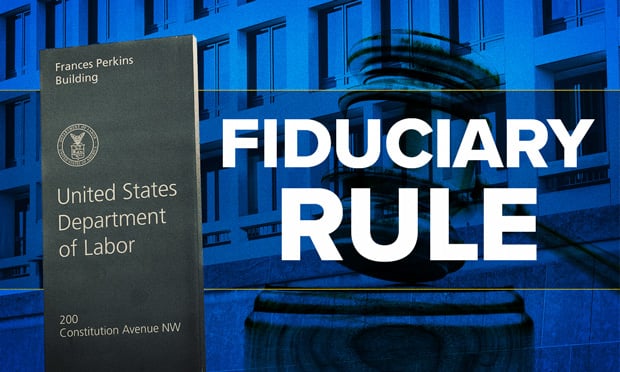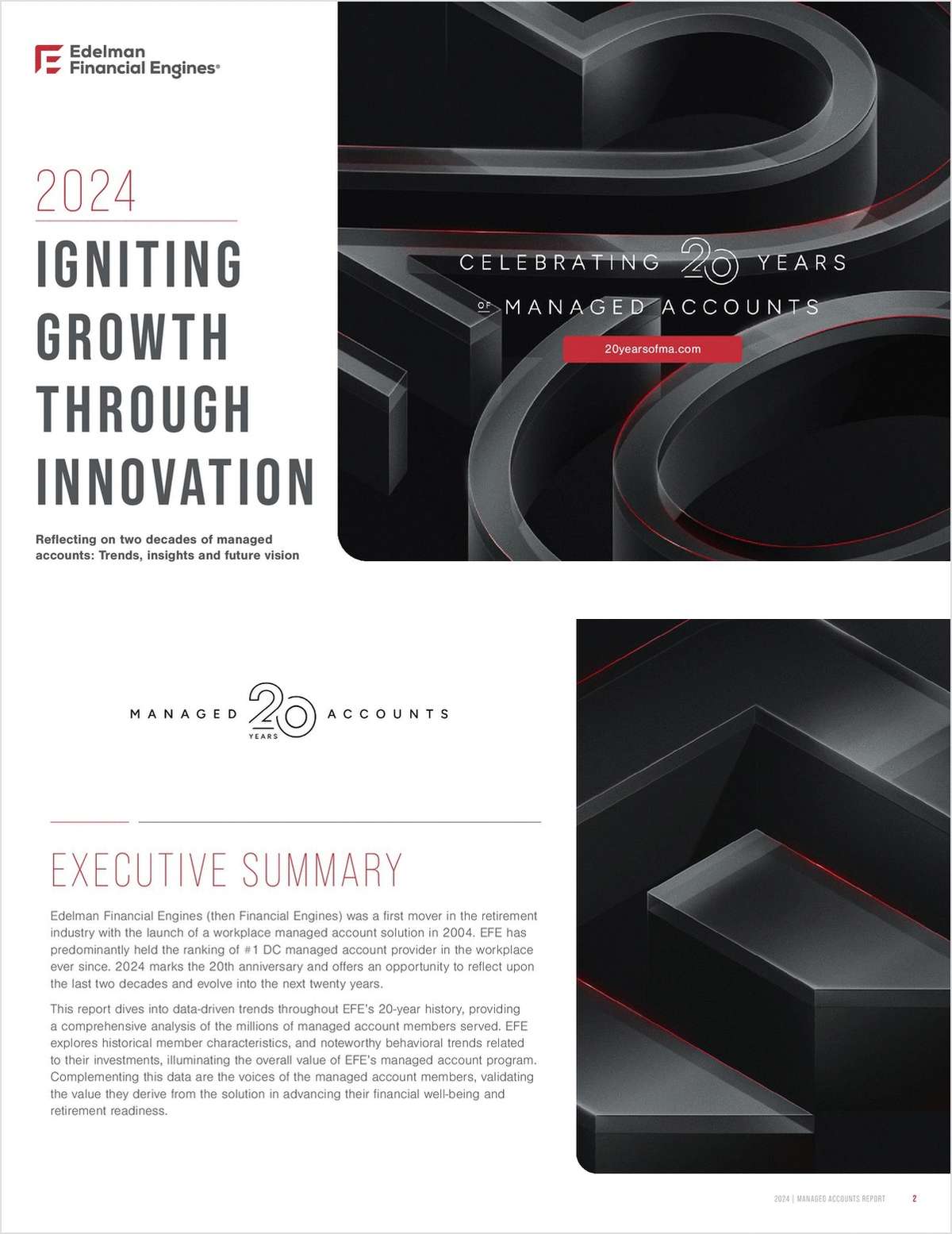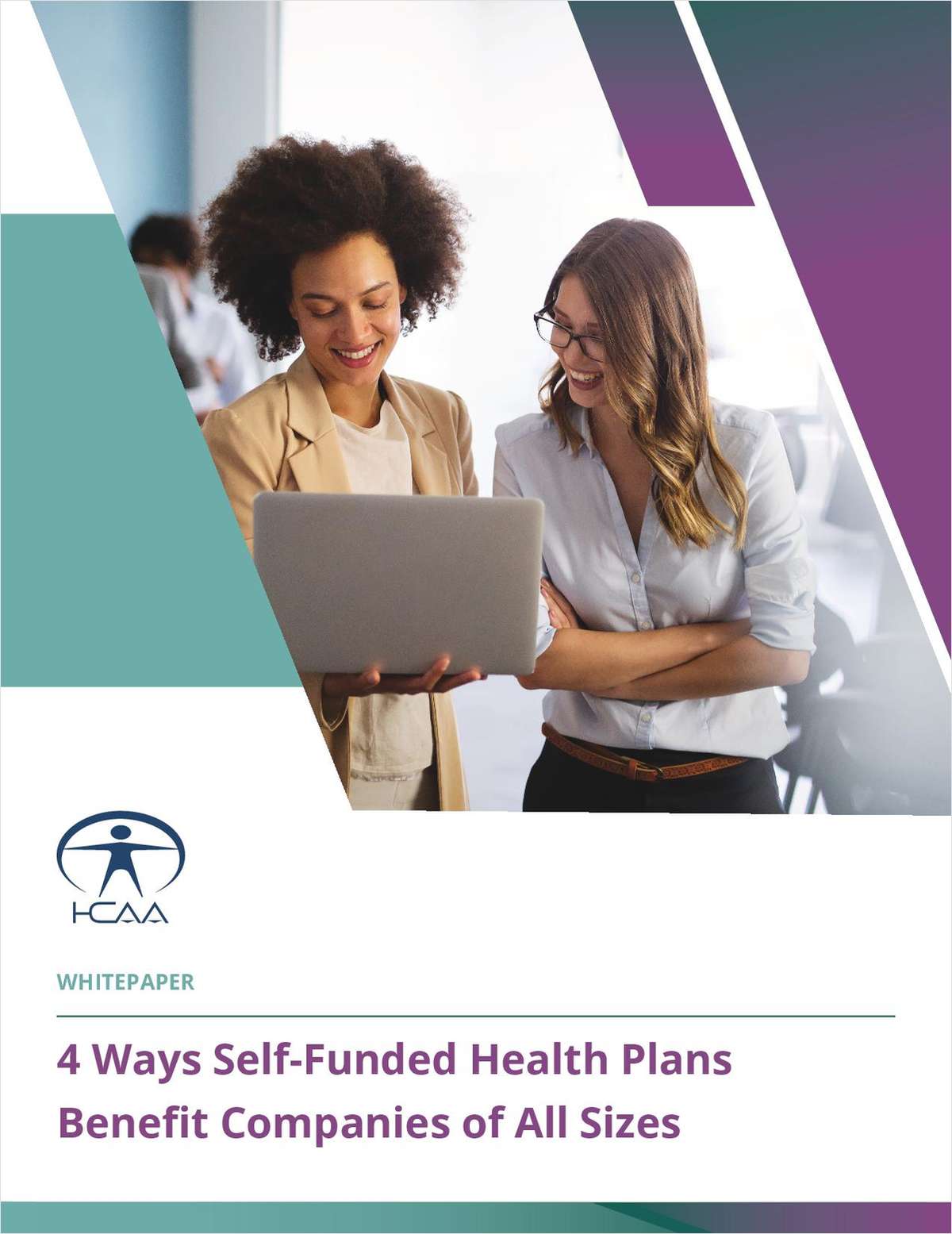
Over the past few years, organizations have navigated one workplace shift after another, from remote and hybrid working models to artificial intelligence and more. Now, companies are tasked with yet another pivotal change – a shift in the generational makeup of the workforce. While millennials and Gen X maintain their strong foothold in the workplace, Gen Z is positioned to overtake baby boomers this year. Employers are tasked with supporting a multigenerational workforce experiencing different life moments where they expect employer-provided resources to offer support.
As age diversity grows more pronounced in the workforce, expectations around workplace benefits appear to be rising in parallel. MetLife data shows that employees want more benefits support – the average number of benefits employees consider to be a "must-have" increased from 7.8 in 2022 to 8.3 in 2023. Not only this, but employee benefit satisfaction has reached a ten-year low.
Continue Reading for Free
Register and gain access to:
- Breaking benefits news and analysis, on-site and via our newsletters and custom alerts
- Educational webcasts, white papers, and ebooks from industry thought leaders
- Critical converage of the property casualty insurance and financial advisory markets on our other ALM sites, PropertyCasualty360 and ThinkAdvisor
Already have an account? Sign In Now
© 2024 ALM Global, LLC, All Rights Reserved. Request academic re-use from www.copyright.com. All other uses, submit a request to [email protected]. For more information visit Asset & Logo Licensing.








